With the upcoming state legislature session looming, University of Minnesota officials are preparing their budget requests in hopes that more money can go toward improving student services and infrastructure like the Washington Avenue Bridge.
Improvements for the Twin Cities campus include increasing fencing height to eight or nine feet along the Washington Avenue Bridge and improving the infrastructure of the Food Science and Nutrition building. Other funding will go to supporting health services and research opportunities for students.
The Minnesota Legislature has projected a $616 million budget surplus for the 2025 session starting Jan. 14 with a potential $5 billion deficit, according to reporting by the Minnesota Star Tribune. Last session, there was a $17.6 billion budget surplus for the 2022 to 2023 session.
While the University requested around $500 million in funding from the Higher Education Asset Preservation and Replacement (HEAPR) bill in the state legislature last session, the bill did not pass. However, the University’s biennial budget request of $90 million was partially fulfilled and they received around $45 million last year.
Improving and maintaining University buildings
Vice President of University Services Alice Roberts-Davis said the around $200 million HEAPR request for this year is not a guaranteed amount, meaning the state legislature can give less than that amount or none at all as it has done in previous years.
“$200 million is really only enough for us to not fall into further disrepair,” Roberts-Davis said. “That’s the thing that would keep us from not going into even more backlog maintenance. So this is dire. This is bare, bare, bare minimum for us to keep buildings standing.”
That funding would contribute to improving the infrastructure of four of the University system campuses — Twin Cities, Crookston, Morris and Duluth. Roberts-Davis said the actual amount needed to improve all areas of each of the four campuses would be around $6 billion.
The Rochester campus does not receive HEAPR funding because those buildings are leased, not University-owned.
Roberts-Davis said the University’s Twin Cities campus’s main infrastructure focus is the Food Science and Nutrition building and suicide prevention fencing along the Washington Avenue Bridge. The University installed temporary extended barriers on the bridge in November.
Some of the proposed improvements for the bridge could be new integrated lighting and extending the height on existing railings to eight or nine feet tall, Roberts-Davis said.
“It would be non-scalable fencing, but it would still be somewhat decorative,” Roberts-Davis said. “What we’re looking for is something that balances the beauty of the river that we have there with a safety issue that we have to address.”
Other priorities include improving the heating systems on the Crookston campus, increasing disability accessibility in the multi-ethnics center in Morris and reinvestments in the business library annex on the Duluth campus, Roberts-Davis said.
Last legislative session, no bonding bill passed so the University did not receive any HEAPR funding to improve inoperable buildings like Eddy Hall on East Bank. Roberts-Davis said Eddy Hall is still on the University’s mind for future improvements.
“It is not a top priority in HEAPR dollars at this point in time, but it is something that we would love to bring back to life if we were to get enough money,” Robert-Davis said.
Targeted priorities for the Twin Cities campus
Melisa López Franzen, University executive director of government and community relations, said the University’s biennial budget request created four groups of priorities which total around a $235 million budget request.
“I am really excited about the request. It does sound like a lot of money, but at the end of the day, the story should be about the investment in the University of Minnesota,” López Franzen said. “This is an investment in the future and investment in the state.”
López Franzen said one of the biggest targets for the budget request is the $120 million request that would go toward maintaining things such as basic university services, workforce salaries and student support services to ensure they graduate.
Another section of the $235 million request is around $30 million toward targeted student support services such as mental health resources, internship opportunities, housing, food and other basic needs.
“We know that those demands are increasing in every part of the state, not just in the country, not just in the University of Minnesota,” López Franzen said.
López Franzen said the University educates around 70% of the medical workforce across the state and thus is requesting around $45 million to support the six healthcare fields offered — medical school, nursing, dentistry, vet medicine, public health and pharmacy. She said this funding would ensure an increase in about 3,000 new healthcare workers over the next 10 years.
Other parts of the biennial budget include a research funding request of $40 million which would support further research done at the University, specifically biomanufacturing, precision agriculture, hypersonic and green iron research.
“In that area, we can drive more economic development in Minnesota, but also attract more dollars, whether it’s federally or also from private investment,” López Franzen said.
Funding for the state’s future
With the upcoming legislative session operating under a Democrat-lead Senate and a 67-67 House tie, Robert-Davis said she expects a more difficult session for the University budget requests and ensuring a bonding bill moves forward.
“It’ll be interesting to see how they manage the house as well with the split nature of it (and) how they’re going to lead with co-chairs for each committee,” Roberts-Davis said. “It’s going to be just a real different session that we’ve seen in a long time.”
López Franzen said she is not nervous about the upcoming session dynamics because University funding and support should be a non-partisan issue. She added that all parts of the state are a partnership to support one another and the overall ecosystem of Minnesota.
“We’re complimentary, but we work together on many different things,” López Franzen said.
López Franzen said that monitoring and supporting higher education in the state legislature is not usually the most interesting, but it has a huge impact on how the state functions, its workforce and its students.
“We can’t keep patching a system that really needs foundational support,” López Franzen said. “That’s what I think the Higher Education Committee in the House and Senate, regardless of party, really needs to ask whether they are willing to invest in the future and invest in the University.”
It is important to receive this funding for the University’s infrastructure and services because, without it, Roberts-Davis said students will not receive the necessary preparation and support to be successful. She added that without a strong University, students could look elsewhere for schooling, ultimately decreasing the talented workforce in Minnesota.
“It may seem like buildings, but it’s not just about buildings,” Roberts-Davis said. “It’s really about how do we build the Minnesota that we want for the future.”


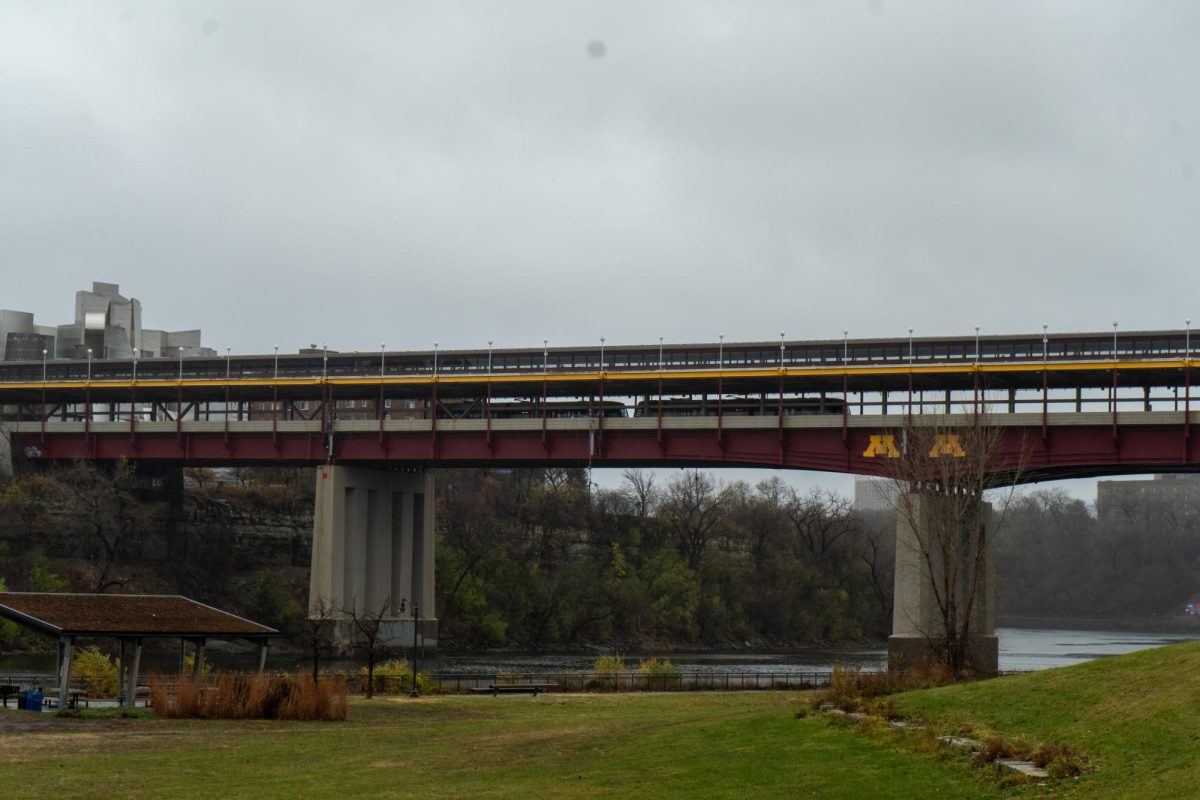
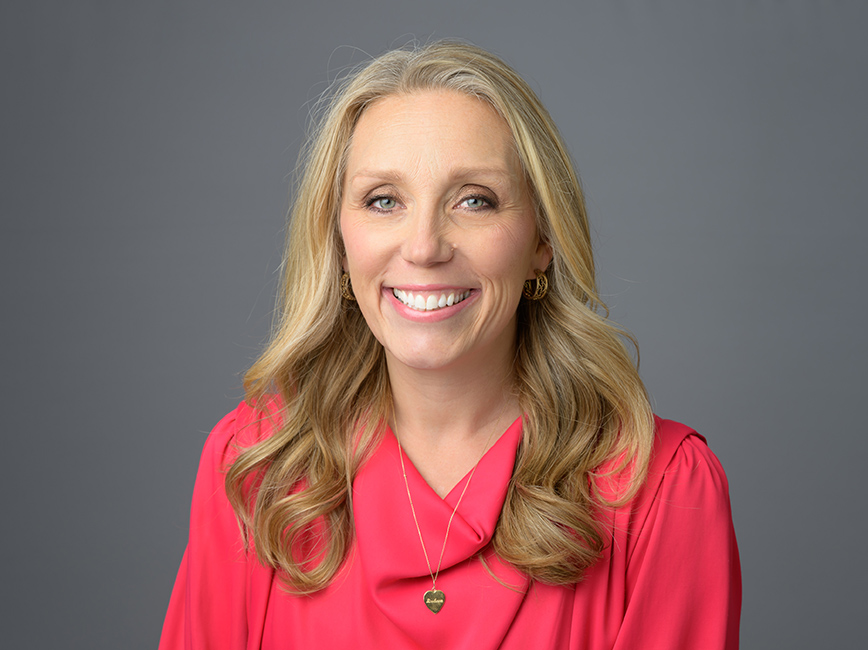

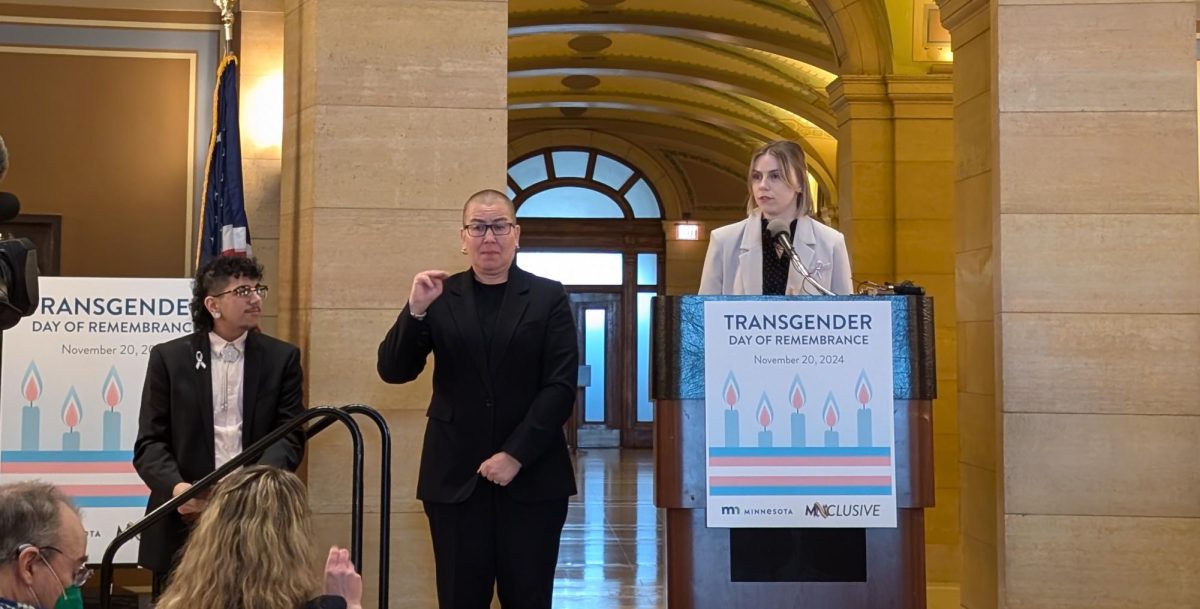




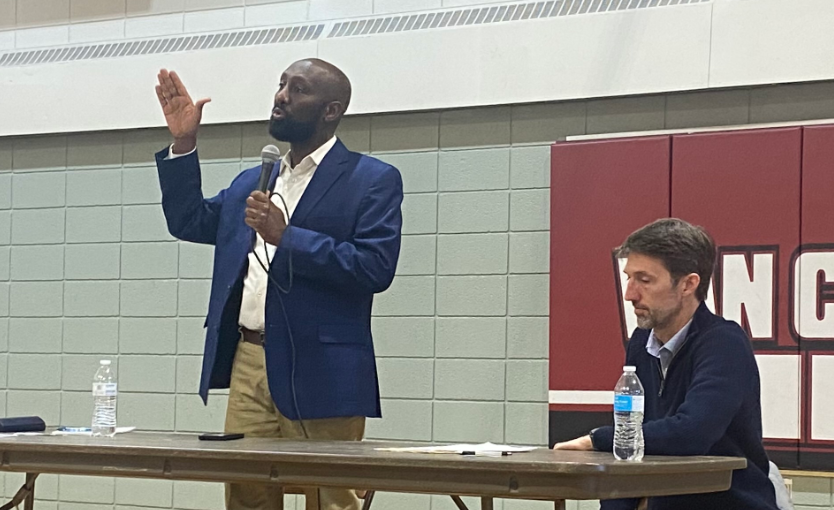
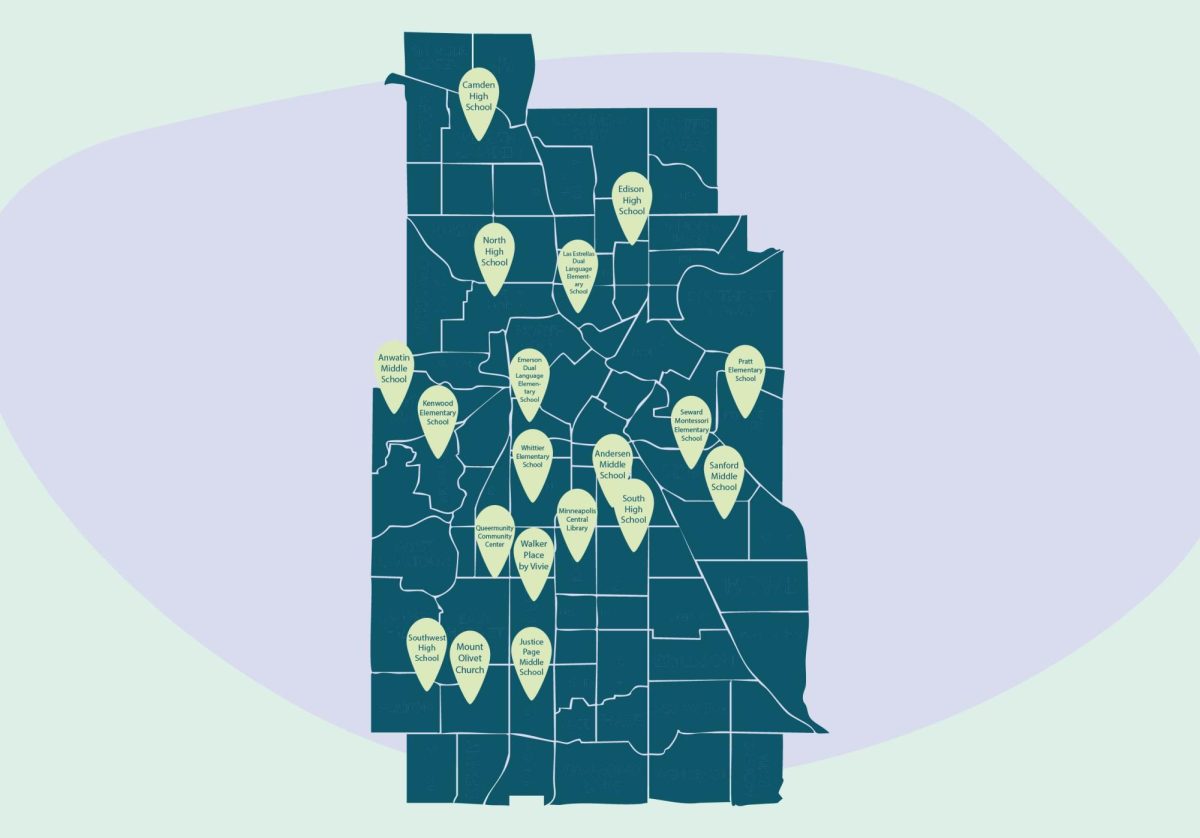



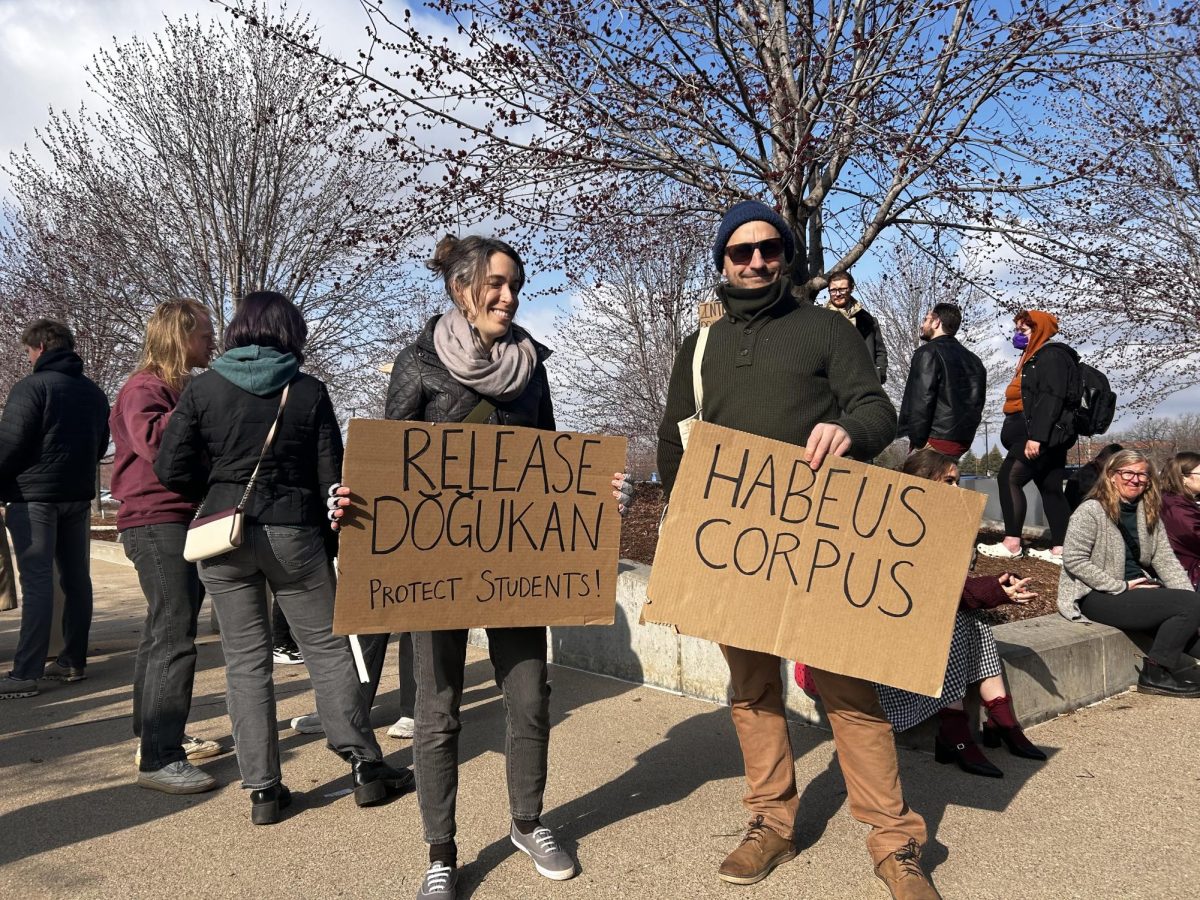
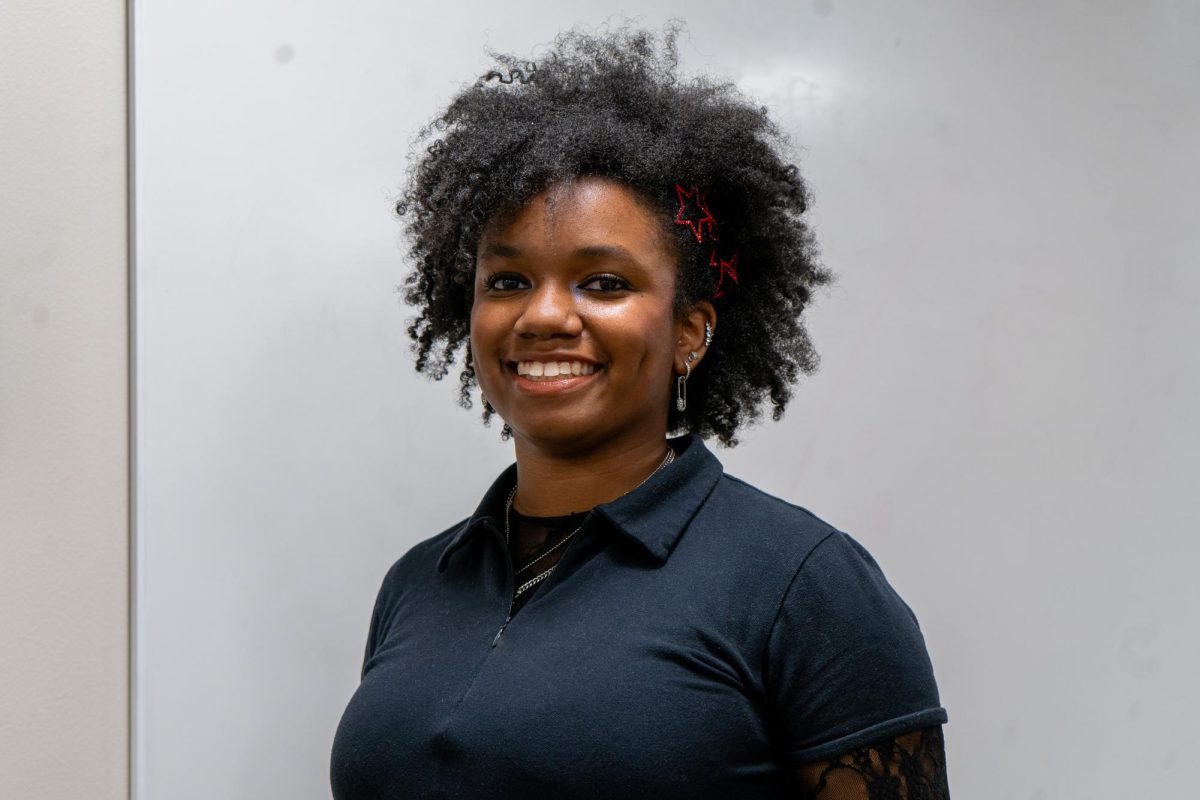

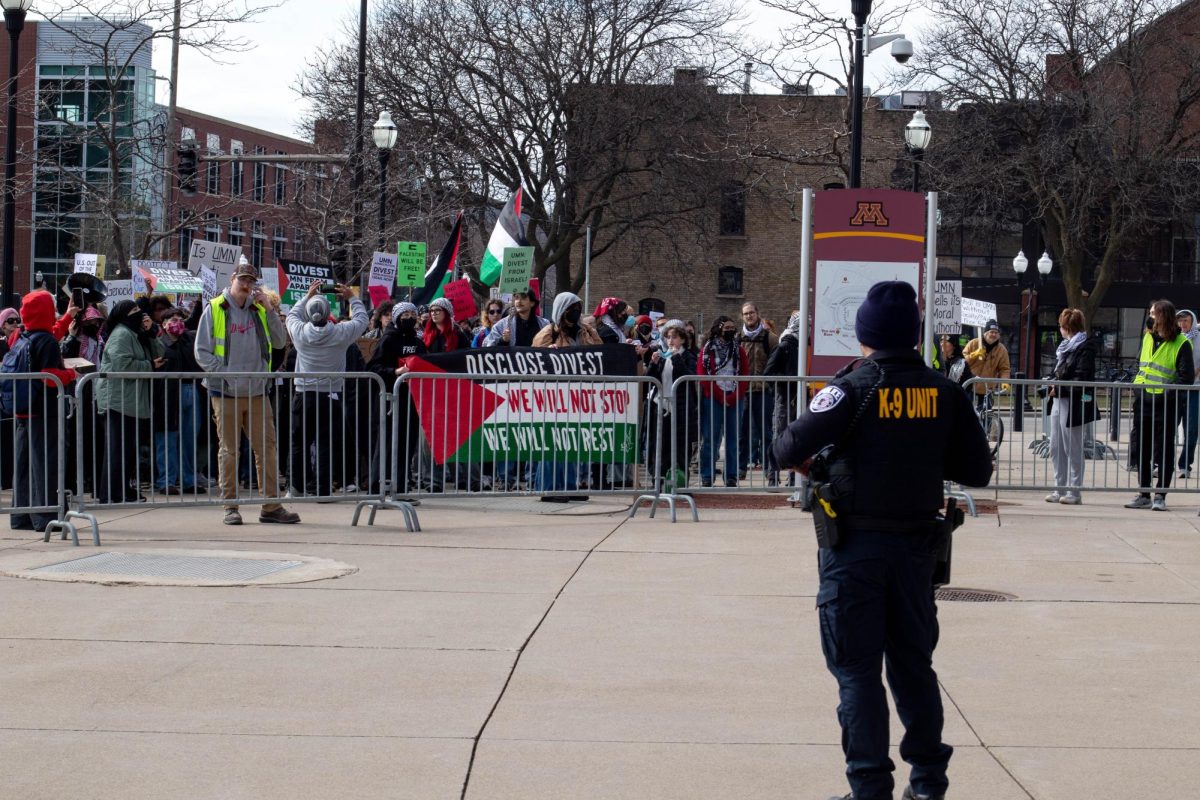
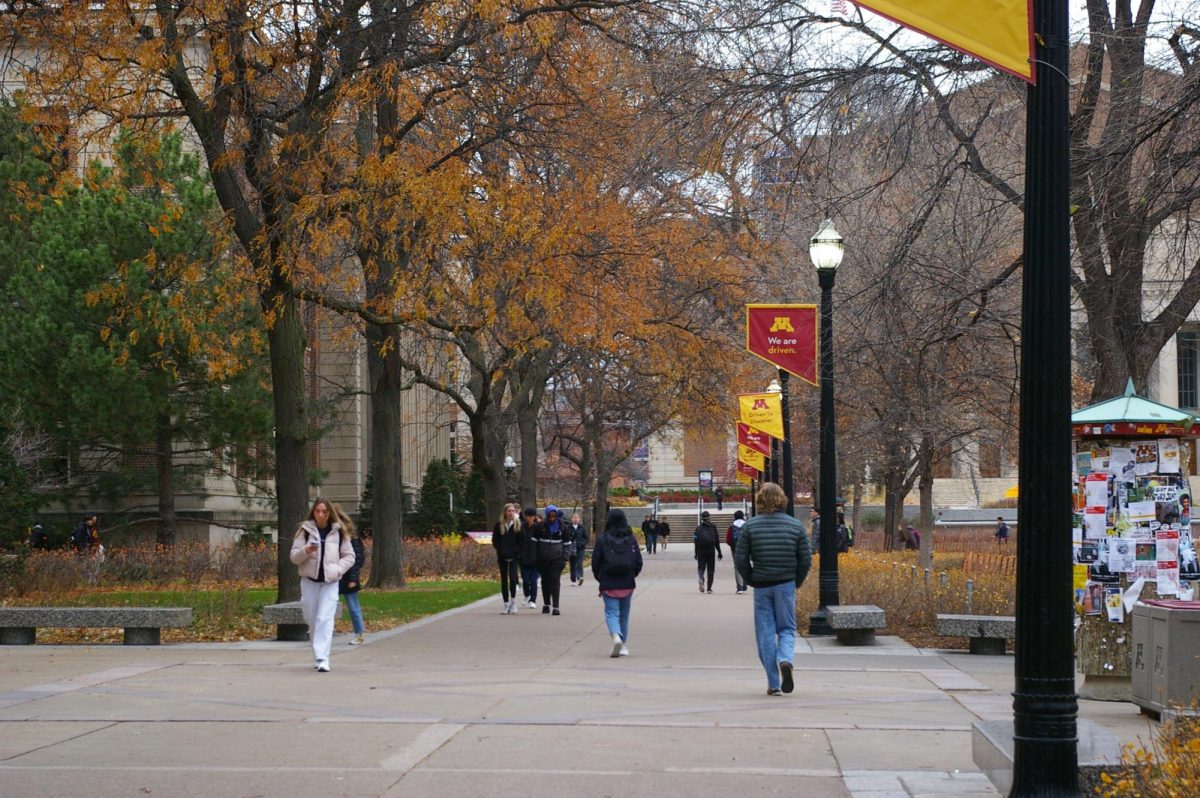
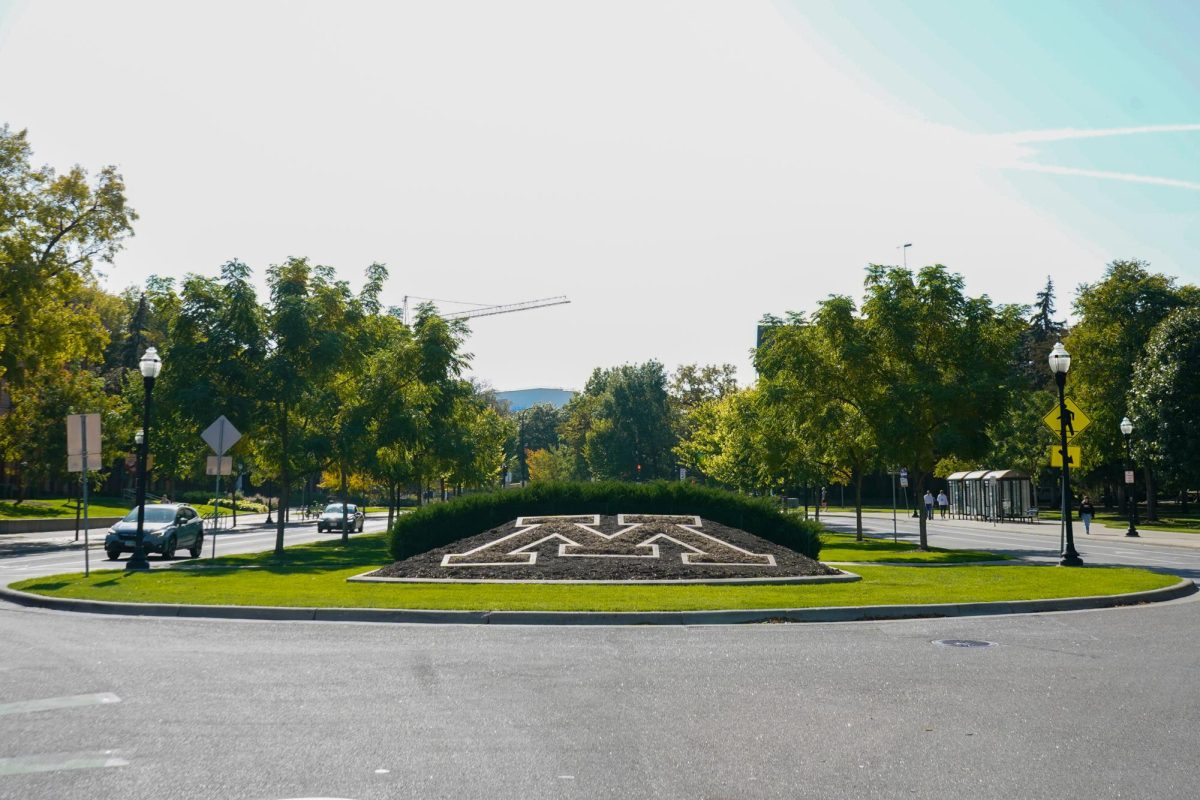
Ken DeYoe
Dec 5, 2024 at 11:25 am
If you want to discuss money, first address the ill-conceived Name, Image and Likeness (NIL) wasted dollars. Cuts should start there and NIL should be undone. Period.
The political landscape will be a detriment to receiving state funding since there are those who feel the U is bloated.
Lastly, I believe the state should indeed, always fund the U simply because it is an important educational and research organization. More funding from the state should equate to lower tuition for all.